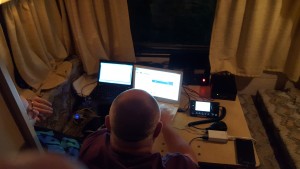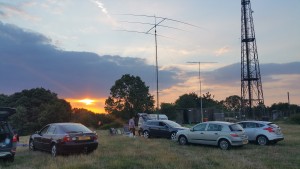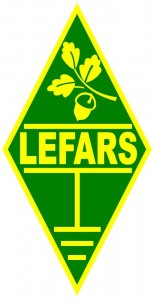Last weekend was very close to the peak meteor shower from Perseid. This gave us an ideal opportunity to try meteor scatter for the very first time, using a 9e G0KSC antenna at 10m and 100w amplifier. The antenna had a LNA adding a further 20dB of gain to the receive path.
Using WSJT enabled us to decode quite a number of stations, although it took some trial and error to make the first QSO. The first QSO was with OK1UGA in JO80dd at some 1137KM. Through the course of the evening we completed the following QSO.
| Call | Locator | Distance | Band | Mode |
| OK1UGA | JO80dd | 1137 | 144 | FSK441 |
| DF5NK | JN59PM | 812 | 144 | FSK441 |
| SP2FRY | JO83WR | 1215 | 144 | FSK441 |
| S56P | JN76PO | 1225 | 144 | FSK441 |
| OK1DQT | JO70IB | 1027 | 144 | FSK441 |
| YU7TT | 1662 | 144 | FSK441 | |
| M1BXF | JO02FE | 71 | 144 | JT6M |
| F8DYR | JN07WL | 487 | 144 | JT65A |
| I6BQI | JN72AK | 1456 | 144 | FSK441 |
| SM7FWZ | JO78MM | 1134 | 144 | FSK441 |
| IZ3WQO | JN65CL | 1110 | 144 | FSK441 |
The VHF setup can be seen below the HF beam, and a nice evening sunset.
Dave M0TAZ



